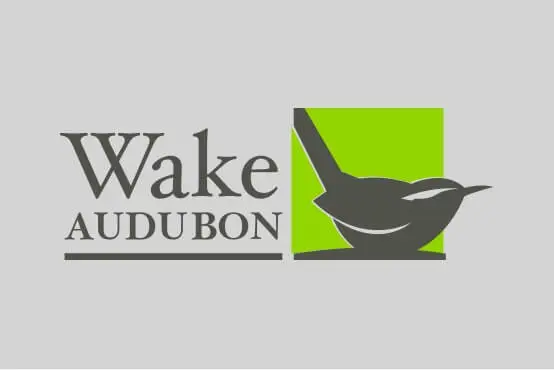Borrowed Homes and New Horizons: Artificial Cavities and Translocation for the Red-cockaded Woodpecker

A faint scrape carries through the longleaf forest as a biologist steadies a drill against living pine.
Chips of bark fall to the forest floor, revealing the careful work of crafting a home where none existed. For the Red-cockaded Woodpecker, whose survival depends on mature longleaf pine, these artificial cavities have become an essential lifeline. When paired with translocation, the delicate practice of moving young birds to new territories, these tools buy precious time while ecosystems recover.
As we’ve been learning all year, RCWs rely on cavities in living pines and natural excavation is slow, sometimes taking up to a decade. In fragmented landscapes, where older trees are scarce, cavity availability becomes the most significant bottleneck for recovery. Without suitable cavities, birds cannot breed, and without breeding groups, colonies collapse. To overcome this, wildlife managers began installing artificial cavities in the 1980s, and their efforts have achieved remarkable success. Across the Southeast, half of all RCW groups now rely on artificial cavities, and in some places these man-made hollows account for most of the available cavity trees.
Artificial cavities are created in two main ways. Some are drilled, mimicking the work the birds would do themselves over many years, and some are cavity inserts, boxes cut to approximate natural chambers and embedded into pine trunks. These installations are placed in “recruitment clusters,” strategically selected sections of forest that meet the criteria for supporting new breeding pairs. Artificial cavities are often installed in anticipation of birds colonizing them naturally. The goal is to provide “move-in ready” housing for dispersing birds from nearby colonies. If the habitat is suitable and close enough to existing populations, these cavities can be colonized naturally within a few years.
But often, even with cavities available, some clusters remain empty. That is where translocation comes in: the intentional movement of RCWs from healthy source populations into recovering habitat. The US Fish and Wildlife Service has established criteria for selecting birds from appropriate donor sites. To protect the delicate balance of each donor group, only young birds (subadults less than a year old) are chosen for translocation, and always from their natal territory. Managers may take no more than two juveniles of either sex in a given year, and never at the expense of leaving a family without at least one male helper to sustain the group.
Five pairs of Red-cockaded Woodpeckers from Apalachicola National Forest were recently relocated by the US Forest Service to newly prepared habitat in Tuskegee National Forest. The capture and release process was described this way:
“The birds were captured the night before they were transported. The capture occurred during evening roosting. After an RCW enters its roost cavity, a net is placed over the cavity hole. Once the bird flushes into the net it is then removed and placed in a transport box. Five pairs of birds were transported by vehicle the following morning after capture. The red cockaded woodpeckers were each placed in their own cavities at the Tuskegee National Forest. All birds were released at sunrise.”
This technique has become a cornerstone of recovery, carried out by a wide range of partners across the Southeast. When the species was downlisted last year, USFWS Director Martha Williams highlighted that success was the product of “decades of committed recovery work and collaboration,” crediting partnerships that spanned federal agencies, state wildlife divisions, private landowners, Tribes, businesses, utilities, and conservation organizations. The US Fish and Wildlife Service coordinates many translocations alongside the Department of Defense, which manages vital RCW habitat on bases such as Fort Liberty. Nonprofits have been central as well. For example, at Piney Grove Preserve in Virginia, The Nature Conservancy and its partners used artificial cavities and translocation to rebuild the northernmost RCW population. In just 16 years, the site grew so strong that it shifted from receiving birds to supplying them for new colonies at another site in Virginia.
Artificial cavities and translocation are not long-term substitutes for healthy habitat. They are temporary tools that allow RCWs to persist while longleaf pine ecosystems slowly regenerate. Each drilled chamber and each relocated bird represents an investment in time, an acknowledgment that forests and species recover on different schedules. The ultimate goal remains the same: expansive, connected longleaf savannas, renewed by fire, where RCWs can carve their own homes and disperse freely.
Next month, we’ll explore what happens after birds are moved: how biologists track new recruits, measure survival, and determine whether cavities are filled naturally or through translocation. These monitoring efforts provide the data that guide RCW recovery.
Cavity construction videos: Sandhills Ecological Institute
Author: Brittany Richards, WAS Volunteer
Main photo: Dryobates borealis-adult- at cavity_Sandhills_JCBeane


